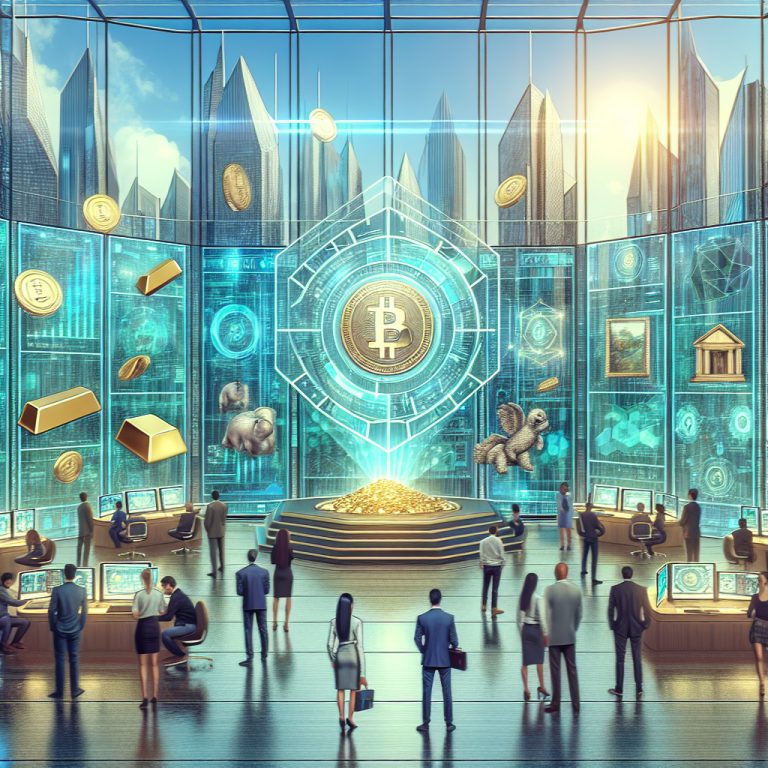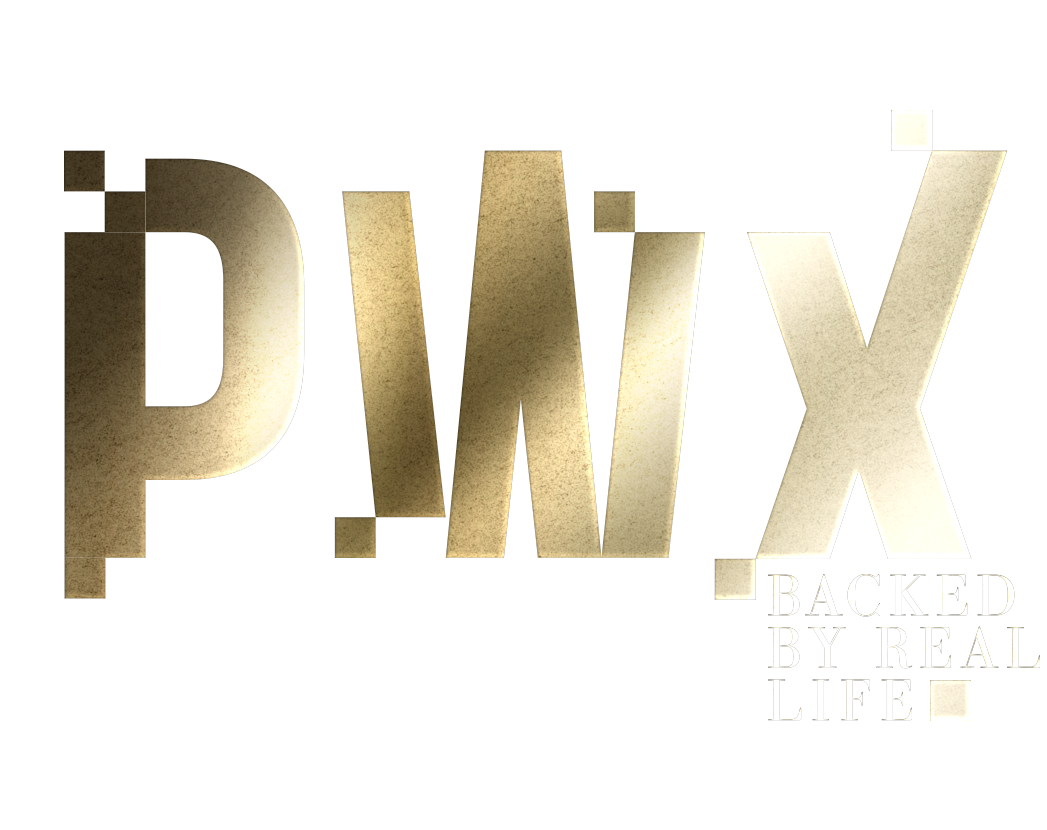The art industry is witnessing a significant shift with the introduction of Non-Fungible Tokens (NFTs), which are transforming the way fine art is owned and traded. NFTs, unique digital identifiers that cannot be replicated, are now being used to represent physical real-world assets, including high-value artworks. This innovation is breaking down barriers that have historically made art investment the domain of the wealthy. By fractionalizing artwork into thousands of units, fine art NFTs are enabling a broader range of investors to participate in the art market.
Investors can now hold and trade these tokens much like stocks or other financial assets, with the added benefit of flexibility and efficiency. Transactions can occur around the clock from anywhere in the world, and the digital nature of NFTs provides a level of security against forgery that surpasses traditional certificates of authenticity.
The rise of fine art NFTs is also empowering artists by allowing them to receive royalties on subsequent sales of their work, a feature programmed into the NFT at the time of its creation. This is creating a new revenue stream for artists and altering the dynamics of the art market. With the potential to democratize ownership and enable collective investment in fine art, NFTs are poised to create a more inclusive art industry. As technology continues to advance, the role of NFTs in the art world is expected to grow, reshaping the market and offering new opportunities for artists and investors alike.




